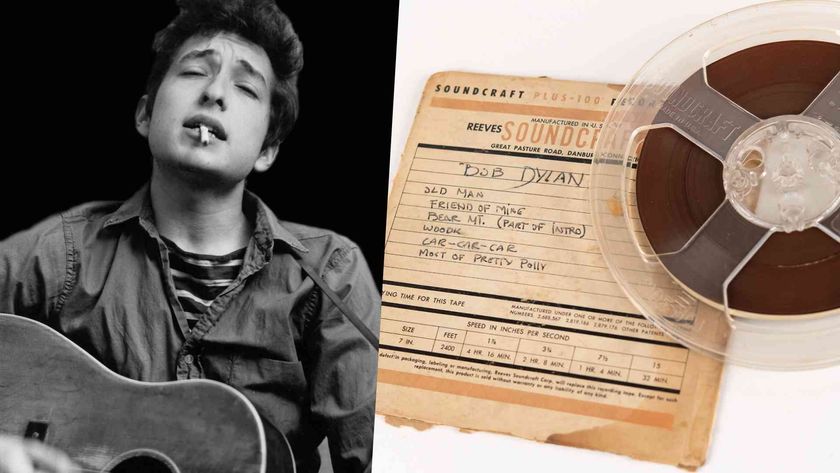“CorOS 3.1.0 and Cortex Control 1.2.0 showcase our relentless drive to keep the Quad Cortex at the leading edge of possibilities for the guitar”: Neural DSP gives Quad Cortex functionality a juicy power-up, adding two new compatible plugins
Fortin Nameless Suite X and Soldano SLO-100 X plugins are now officially compatible with your Quad Cortex – and Dimebag's Cry Baby From Hell joins expanded device library
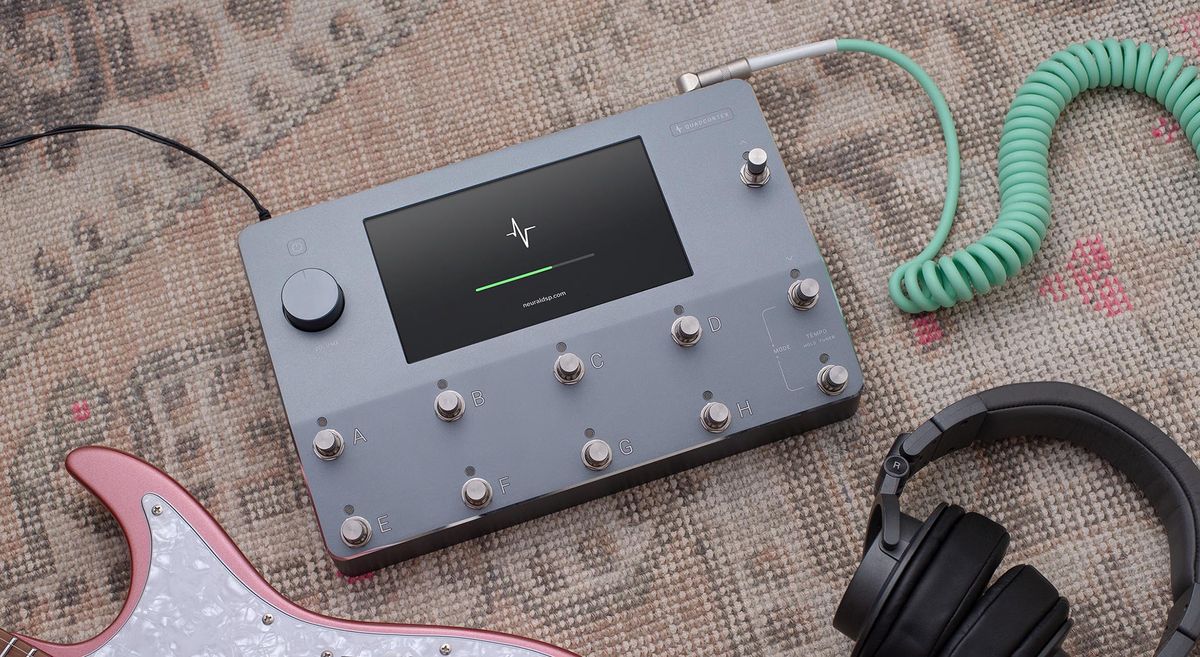
Neural DSP has rolled out fresh updates for the Quad Cortex, with CorOS 3.1.0 expanding its amp modeller and profiler with an expanded range sounds, greater functionality and more guitar plugin compatibility.
The update, which also sees the Cortex Control 1.2.0 desktop editor refreshed, potentially places a lot of high-end guitar amp tone at your feet as Neural’s Fortin Nameless Suite X and Soldano SLO-100 X plugins are now available for your Quad Cortex.
Besides bug fixing, the update introduces some new features to help with workflow, making it easier – and quicker – to get the sounds off your computer and onto your Quad Cortex. Neural DSP co-founder and president Doug Castro says all this is a win-win for creativity.
"With the CorOS 3.1.0 and Cortex Control 1.2.0 updates, we’ve expanded the Quad Cortex’s capabilities to empower musicians with even more creative potential,” he says. “We’re looking forward to seeing how these new features enhance the sound design process and inspire fresh musical possibilities.”
After installing the CorOS 3.1.0 update, players can now import the presets from their guitar plugins, make bulk-edits of presets, Neural captures and IRs, and enjoy more options for configuring the device – especially when in Stomp Mode.
CorOS 3.1.0 offers the option of renaming Stomp Assignments when in Stomp Gig View (simply tap “EDIT”). Stomp Mode now supports momentary footswitch functionality. Again, this is assignable to the footswitches and allows you to set it up so that, say, you want to activate a freeze mode on a reverb.
Elsewhere, you can now make easier master volume knob assignments and change settings without having to dip into the Settings menu.
Get the MusicRadar Newsletter
Want all the hottest music and gear news, reviews, deals, features and more, direct to your inbox? Sign up here.
These little improvements to the user experience all add up, and Dan Davis, CMO, Neural DSP, says the CorOS 3.1.0 and Cortex Control 1.2.0 demonstrate the company’s “relentless drive to keep the Quad Cortex at the leading edge of possibilities for the guitar”.
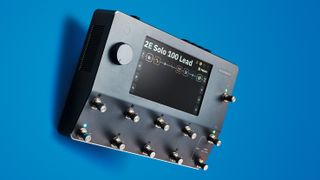
Some of those possibilities are tonal. It wouldn’t be much of an update if there wasn’t at least a few sounds to play with and explore, and here Neural DSP presents us with more options in the Quad Cortex device library.
Fans of vintage Fender amp tone (and who isn’t a fan of that?) can now dial in tones based on a 1964 Deluxe Reverb. And there are some cult stompbox profiles to play with too.
There are new pitch effects in the form of the Chief OC2, which is based on a Boss OC-2, the now out-of-production Compact Series pedal that was a powerhouse for thickening up your electric guitar tone, allowing players to double their second at one or two octaves down. Working a similar low-end beat is the Subharmonic Synth, which is based on the DOD Meatbox SubSynth pedal and is a total beast with a bass guitar.
Last, but by no means least, is the Crying Wah From Hell, a wah pedal that’s based on one of our favourite wahs, the late Pantera guitarist Dimebag Darrell’s signature Cry Baby From Hell.
Okay, you don’t have the camo paint job on your Quad to complete the look but Dimebag's signature Cry Baby is a superb, tweakable wah that was not just for metal. Maybe an all-camp Quad Cortex is a special edition for Castro and his R&D team to think about in the future? Right now, of course, you’ve got that heavily discounted limited edition red Quad Cortex with gold footswitches to think about.
For more details on the Quad Cortex CorOS 3.1.0 and Cortex Control 1.2.0 updates, head over to Neural DSP.
Jonathan Horsley has been writing about guitars and guitar culture since 2005, playing them since 1990, and regularly contributes to MusicRadar, Total Guitar and Guitar World. He uses Jazz III nylon picks, 10s during the week, 9s at the weekend, and shamefully still struggles with rhythm figure one of Van Halen’s Panama.
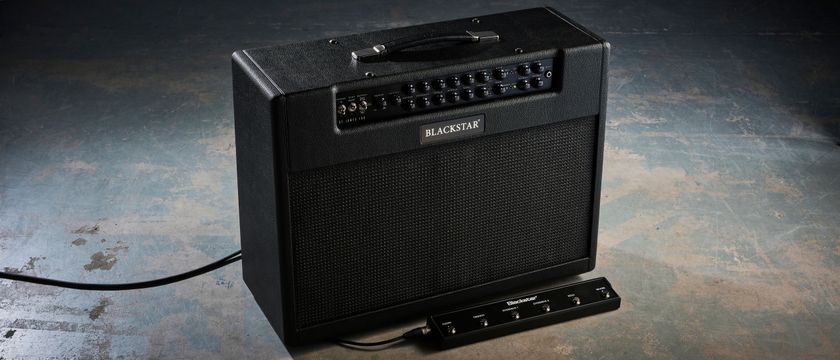
“A truly modern take on the high-powered super amp, full of clever design decisions and boasting features which open it up to all sorts of uses”: Blackstar St James 100 212
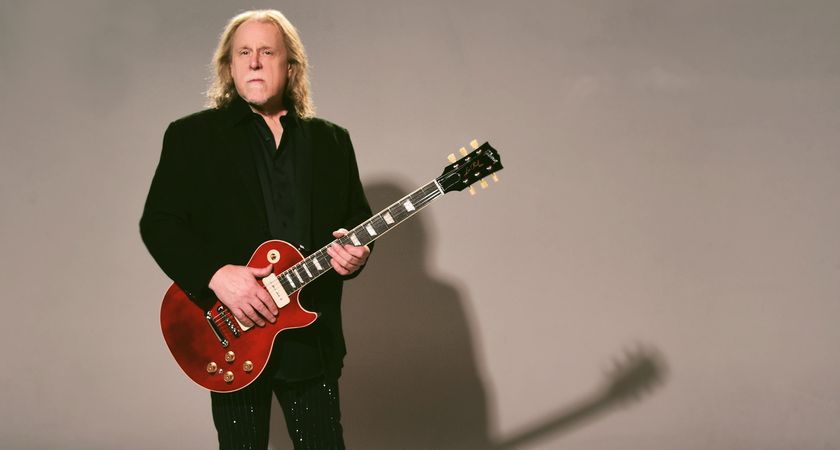
“Being mostly a humbucker guy, I’m really loving the hum-free P-90s”: Warren Haynes’ signature Gibson Les Paul Standard is here and it’s a plain-topped '60s Cherry beauty with an onboard boost







